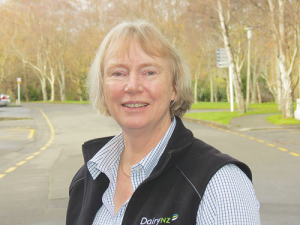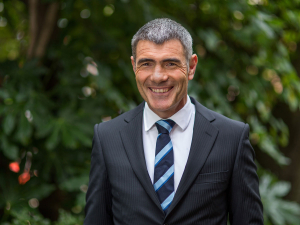With the Mycoplasma bovis decision there comes some certainty and the need to make the eradication programme work.
A key focus will be ensuring that the disease does not spread any further. DairyNZ, in particular, is leading this charge.
DairyNZ’s technical veterinary advisor Dr Nita Harding suggests farmers see their farm as an island and their boundary as its border. She urges farmers to think about what they can do to reduce the risk of anything unwanted -- not just M bovis -- coming onto the farm.
Harding says farmers need to be proactive, to think about biosecurity as risk management to protect their business interests, and not wait for others to do this on their behalf. DairyNZ’s website has a lot of information for farmers, she says.
“Securing a good boundary fence is critical. Neighbours should cooperate to ensure their animals are not grazing alongside each other in paddocks,” she explains.
“A two metre gap is ideal and this can be done with just a hot wire, although some farmers are talking about a riparian strip along the boundary to prevent any risk of animals from one farm making contact with animals from another.”
Harding says some things farmers can do now are inexpensive and simple, while other actions may require changing the farm system and so take a bit longer. The aim should be to manage risk.
“Think about a ‘clean on – clean off’ policy for visitors and machinery. Make sure visitors can scrub boots and maybe supply disinfectant and a place to clean to make it easy for them,” she says.
“Also talk to contractors in advance to make sure they are aware of the situation and arrive with clean machinery, and then clean it before they leave.”
Harding says farmers should think about animals that will come onto the farm, and question the senders of those animals before they arrive. Farmers need to know the health status of these animals to understand the risk they may pose to the rest of the herd.
“Once the animals are onfarm, keep them apart from the herd for at least seven days, if not longer, to check they are not showing any signs of anything you don’t want.”
Harding says farmers need to pay close attention to the service bulls they bring on farm – again checking their health status, where they have been before and what other animals they may have mixed with. She says farmers sourcing calf milk from other farms should do good checks because M. bovis and other diseases can be spread via milk.



















